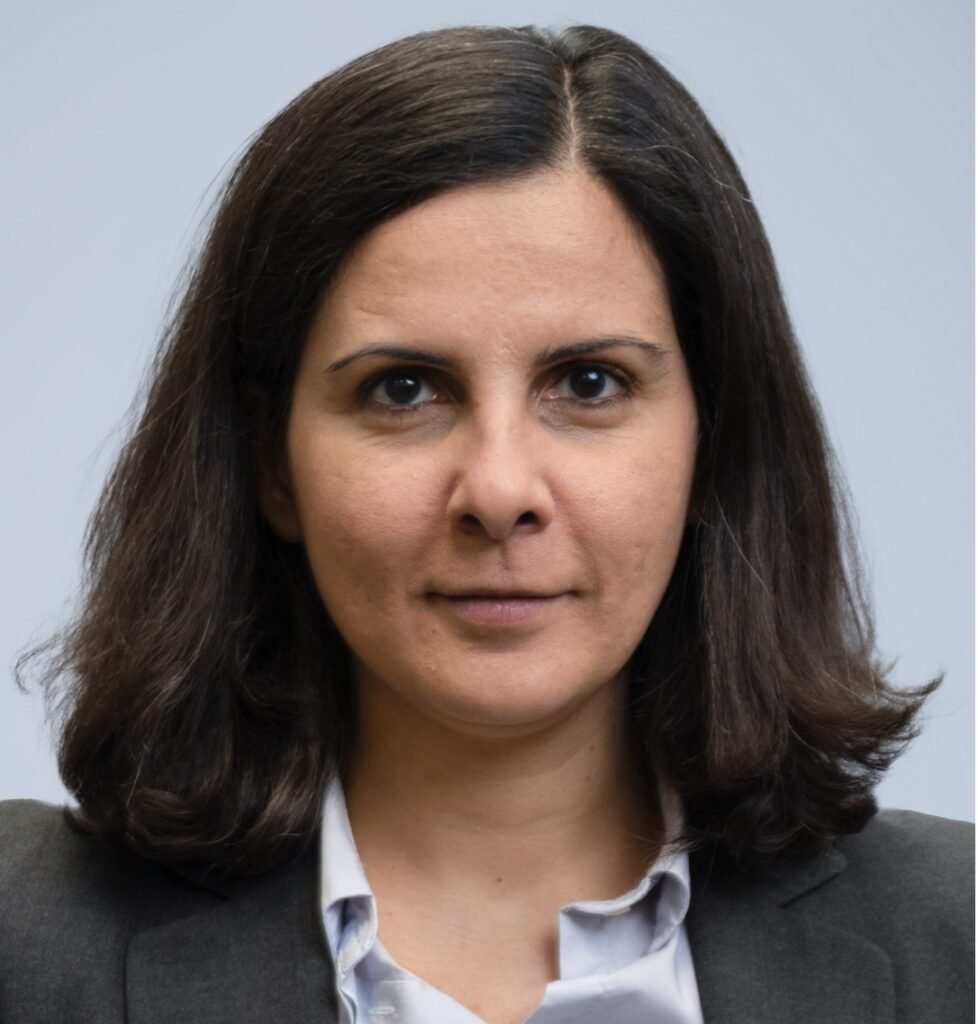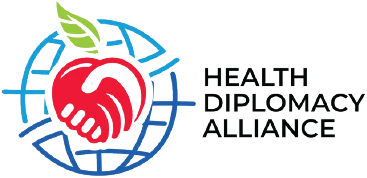Against the Odds: The Pandemic Agreement’s Path to Consensus

Introduction After more than three years of intense negotiations, WHO Member States reached a historic milestone on April 16, 2025, by finalising the pandemic agreement. As WHO member states prepare for the adoption of the “greened” or agreed legal text at the 78th World Health Assembly, it’s worth reflecting on how governments and non-state actors such as civil society organisations and academia have worked to enable success. While entire books can be written to illustrate what it took for the pandemic agreement to be finalized and serve as a foundation for preventing, preparing for and responding to pandemics, in this blogpost I will share highlights, from FOUR PAWS’ perspective as one of the many “relevant stakeholders” in the negotiation process. The Challenges Finishing a treaty in record time The challenge was to finalise an international multi-issue pandemic agreement in record time during an ongoing global health crisis, amid geopolitical tensions and in a UN body that is not a common ecosystem for international treaty negotiations. Member States set the goals of strengthening the international health regulations on the one hand, while also introducing a complementary legal framework to address gaps in pandemic prevention, preparedness, and response. WHO member states took this decision out of necessity, not only to fill the gaps in the global health architecture but to set themselves on a better path than the one they experienced during the pandemic. Expanding the scope of what prevention means While FOUR PAWS was active in several international policy processes, the World Health Organisation was not yet a typical space within which we, as an animal welfare organisation, were present before the pandemic. However, the pandemic made one thing clear: governments cannot fulfil their promise to effectively prevent pandemics without addressing human activities that drive pandemics at the human-animal-environment interface. This realisation, echoed by many non-governmental organisations, experts and institutions, led FOUR PAWS and others from the animal welfare and conservation sector to engage. The scope we considered necessary was not part of the standard measures which public health policies tied to pandemics typically addressed. Traditionally, the focus of the public health sector was on emergencies and the stage after the outbreak. However, when WHO Member States decided to negotiate the pandemic agreement, they added “prevention” and a whole of government and whole of society approach to the scope of the agreement. This was a welcome move. Interventions had to take place at the earliest stage of disease emergence, before communities suffered deadly outbreaks and before public health institutions were confronted with an emergency. Addressing and integrating that policy gap into an international public health debate – within a pandemic agreement that also needed to prioritise health system capacities, pandemic-related health products, and support for implementation and financing, while simultaneously updating the International Health Regulations – was, to put it mildly, very ambitious. Civil society’s access to the negotiations Compared to other international processes, the pandemic agreement negotiations generally offered limited access to CSOs, which made effective engagement a challenge. In other international negotiations, observers have access to the actual negotiation sessions and several spaces to engage with member states. This makes advocacy efforts more effective, as it gives civil society real-time insights into member states’ priorities and concerns, the reasoning behind their positions and an idea on areas where evidence or analysis is needed – ultimately leading to the best use of member states’ and civil society’s time. The ingredients Jenga diplomacy: balancing evidence, dialogue and compromise During the first rounds of the pandemic agreement negotiations, early participation was restricted to online statements during opening and closing sessions. Thanks to persistent advocacy by a few member states and civil society champions, our access to the process gradually increased. Before the 7th Intergovernmental Negotiating Body Session in October 2023, which was the first session when “Relevant Stakeholders” were granted in-person access to the WHO building during the negotiations, our engagement with member states was through policy briefs, bilateral meetings with diplomats and events which member states co-hosted with us. In those interactions, member states shared their challenges, challenged our assumptions, flagged gaps and obstacles, asked for expertise, and guided us on how to be more effective. Throughout the process, despite their differences, we noticed a collective unwavering commitment among diplomats to unlock obstacles. Bridge-building countries, experts and civil society organisations all took the initiative to convene a dialogue, which was conducive to trust-building. This mutual exchange gave us much-needed reality checks, helped us identify academic institutions and allies who were also ready to work with member states to advance the process. Access to the WHO building during the negotiations in late 2023 brought with it a new layer of valuable insights. After several rounds of negotiations, the Bureau’s draft evolved into a member-state-owned text. Just observing which groupings were convening jointly or alone at the building showed us a progression in the interregional dynamics. While in the earlier stages, only a few member states engaged in informal dialogue with member states from other regions, with time, we saw an encouraging increase in outreach and a growing number of interregional huddles as the process advanced. While relevant stakeholders were not allowed to observe the actual negotiations, even after we had access to the building, opportunities including meetings with the Bureau, daily statements in the mornings in plenary, and the possibility in the final negotiation sessions, of hosting side events inside the WHO at a meeting room that was made available for non-state actors were spaces where we could also share our observations and concerns in real time. Interestingly, our participation at the margins of the negotiations and member states’ willingness to engage with relevant stakeholders often gave us a more complete understanding of the positions and flexibilities than what member states shared in the formal negotiation sessions. The Bureau and member states called on CSOs to be constructive and support in advancing the process, which we were increasingly better positioned to do. Stakeholders, including academia, think tanks, CSOs, and member states,

